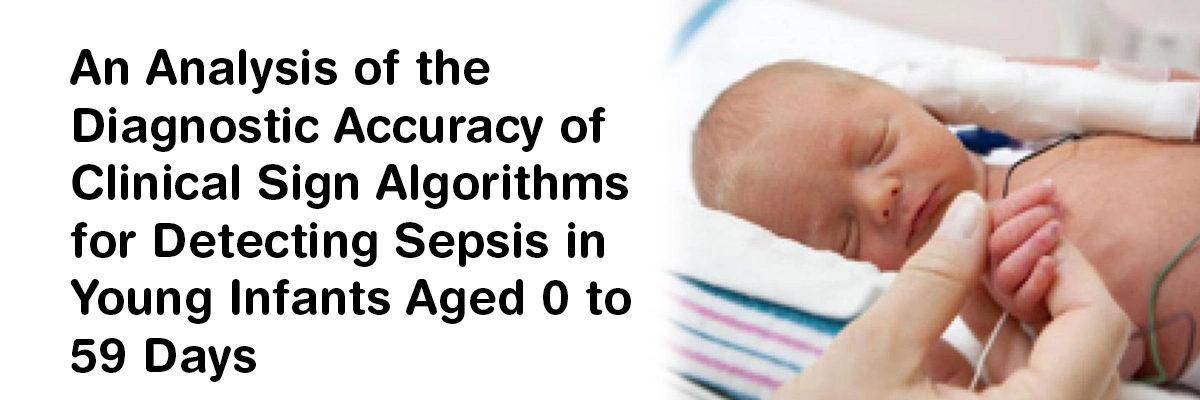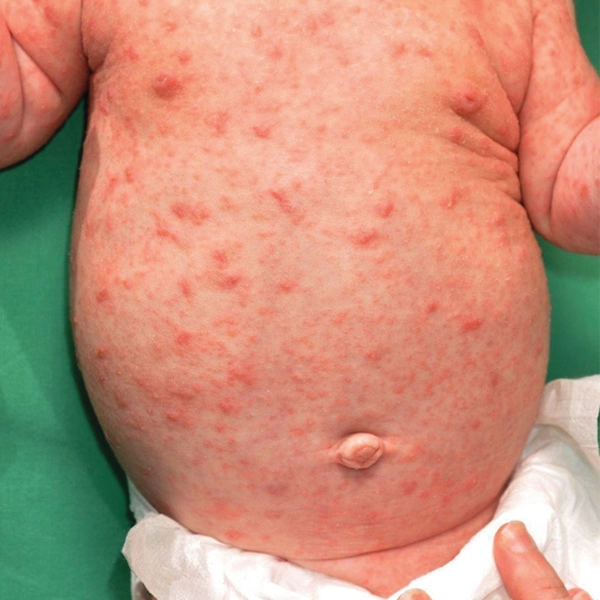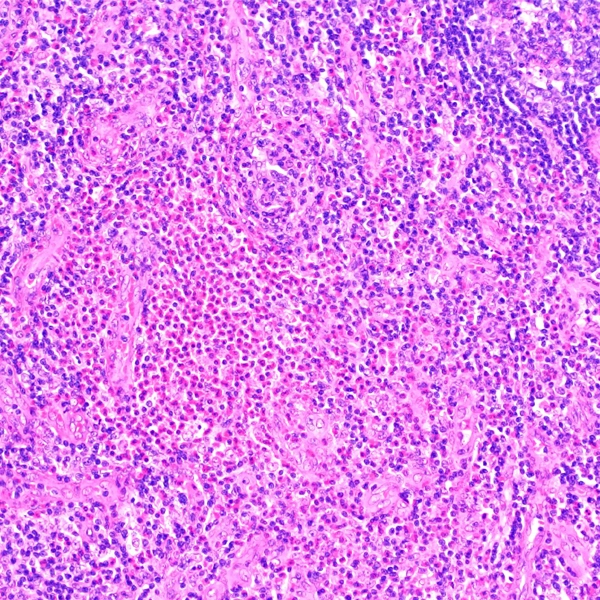
An Analysis of the Diagnostic Accuracy of Clinical Sign Algorithms for Detecting Sepsis in Young Infants Aged 0 to 59 Days
Sepsis is a syndrome typified by clinical and laboratory abnormalities and caused by systemic inflammation in the presence of a suspected or proven infection. The prevalence of neonatal sepsis is approximately 6.3 million globally, accounting for 0.1% to 4.5% of deaths under 5 years of age. Hence, the implementation of clinical sign algorithms by frontline health workers is essential for the early identification of young infants at risk of serious bacterial infections. These algorithms help facilitate timely supportive care and the administration of antibiotics, ultimately aiming to reduce infant mortality rates. Once such algorithm, the Integrated Management of Childhood Illness (IMCI) algorithms are used to identify suspected sepsis in young infants in clinics or at the community level who need referral to hospitals and initiation of antibiotics in low- and middle-income countries.
As per current World Health Organization (WHO) Integrated Management of Childhood Illness and WHO Pocket Book of Hospital Care for Children Algorithms, refer newborns and young infants urgently to hospital if he has any 1 or more of the following signs:
- Not able to feed at all or not feeding well
- Convulsions
- Severe chest indrawing
- High body temperature (≥38°C axillary)
- Low body temperature (<35.5°C axillary)
- Movement only when stimulated or no movement at all
- Fast breathing (≥60 breaths per minute in infants <7 d old)
- Drowsy or unconscious
- Grunting
- Central cyanosis
- Severe jaundice
- Severe abdominal distension.
The researchers of the current study examined the evidence on the diagnostic accuracy of clinical sign algorithms to identify young infants (aged 0–59 days) with suspected sepsis. They used Cochrane methods for investigating studies using Grading of Recommendations Assessment Development and Evaluation.
The findings of included studies revealed the following:
- A total of 19 studies were included, comprising 12 from the Integrated Management of Childhood Illness (IMCI) and 7 non-IMCI studies.
- The current WHO 7-sign IMCI algorithm had a sensitivity of 79% and specificity of 77% for recognizing sick infants aged 0–59 days requiring hospitalization/antibiotics.
- Any IMCI algorithm showed a higher pooled sensitivity of 84% and specificity of 80% across 11 studies.
- Moreover, any IMCI algorithm had a pooled sensitivity of 86% and lower specificity of 61% in included 6 studies, when restricting the reference standard to laboratory-supported sepsis.
To summarize, the sensitivity of IMCI algorithms to detect suspected sepsis in young neonates is adequate. However, specificity decreases while using a reference standard of laboratory-supported sepsis diagnosis.
Source: Fung A, Shafiq Y, Driker S, Rees CA, Mediratta RP, Rosenberg R, Hussaini AS, Adnan J, Wade CG, Chou R, Edmond KM, North K, Lee AC. Diagnostic Accuracy of Clinical Sign Algorithms to Identify Sepsis in Young Infants Aged 0 to 59 Days: A Systematic Review and Meta-analysis. Pediatrics. 2024 Aug 1;154(Suppl 1):e2024066588D. doi: 10.1542/peds.2024-066588D. PMID: 39087806.








Please login to comment on this article